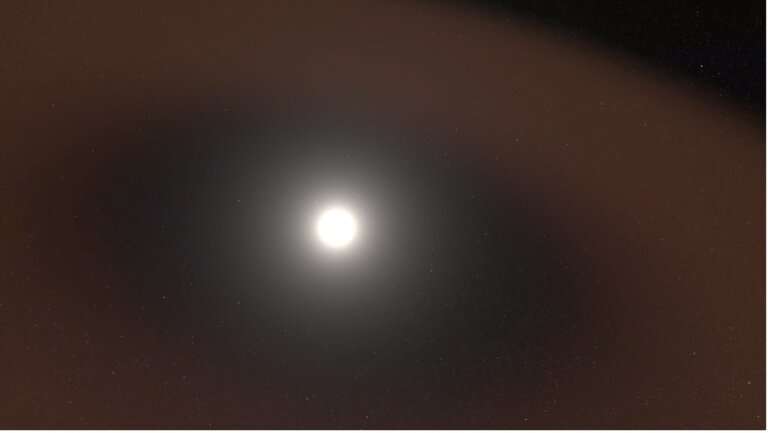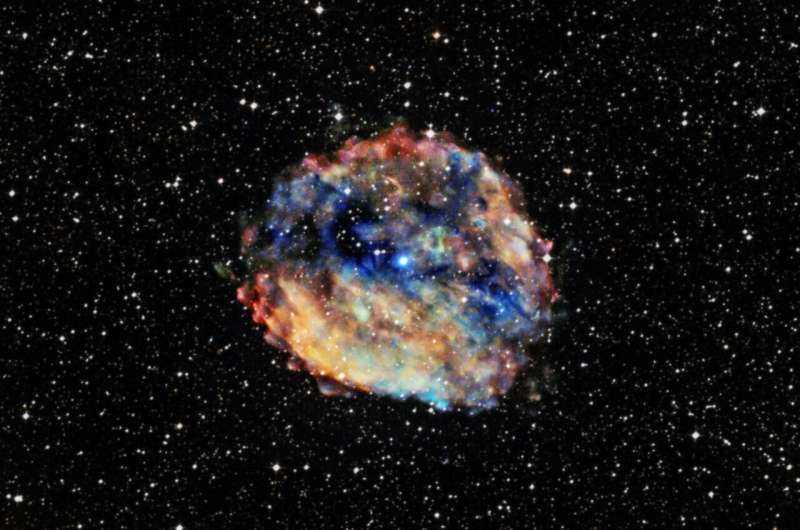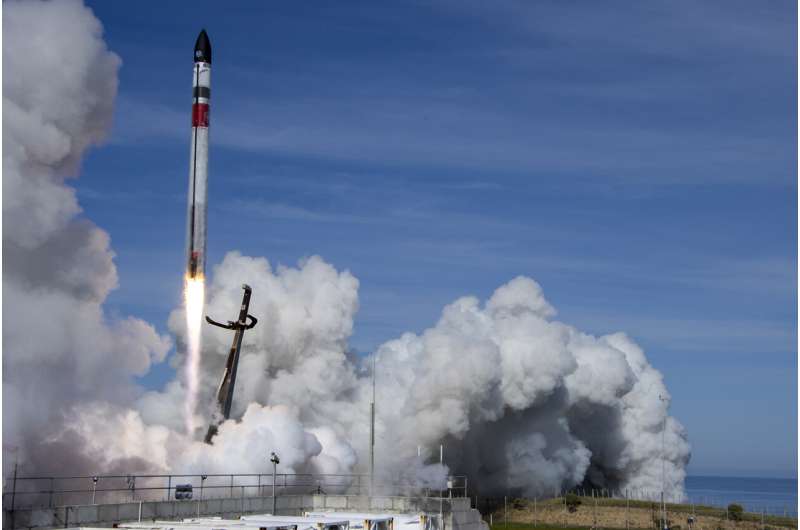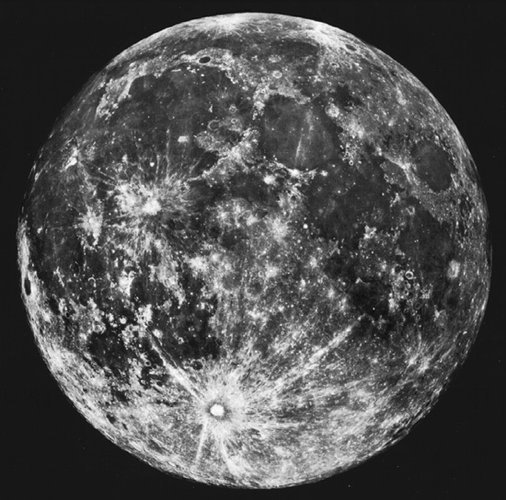
Copernical Team
Amazing achievements from the Parker Solar Probe

In 2018, NASA launched the Parker Solar Probe on an unprecedented mission to study the sun up close. The mission was defined with three key scientific goals:
- To trace the flow of energy that heats the sun's outer atmosphere.
- To shed light on the sources of the solar wind, the constant flow of solar material escaping from the sun.
- To explore how solar energetic particles—which can make the 93-million mile (150 million kilometer) journey to Earth in under an hour—are transported and accelerated.
Spacecraft navigation uses X-rays from dead stars

The remnants of a collapsed neutron star, called a pulsar, are magnetically charged and spinning anywhere from one rotation per second to hundreds of rotations per second. These celestial bodies, each 12 to 15 miles in diameter, generate light in the X-ray wavelength range. Researchers at the University of Illinois Urbana-Champaign developed a new way spacecraft can use signals from multiple pulsars to navigate in deep space.
"We can use star trackers to determine the direction a spacecraft is pointing, but to learn the precise location of the spacecraft, we rely on radio signals sent between the spacecraft and the Earth, which can take a lot of time and requires use of oversubscribed infrastructure, like NASA's Deep Space Network," said Zach Putnam, professor in the Department of Aerospace Engineering at Illinois.
"Using X-ray navigation eliminates those two factors, but until now, required an initial position estimate of the spacecraft as a starting point. This research presents a system that finds candidates for possible spacecraft locations without prior information, so the spacecraft can navigate autonomously.
New Zealand rocket caught but then dropped by helicopter

Using a helicopter to catch a falling rocket is such a complex task that Peter Beck likens it to a "supersonic ballet.
Call for Media: Join ESA’s Living Planet Symposium in Bonn

Call for Media: Join ESA’s Living Planet Symposium in Bonn
ESA’s 5G/6G Hub used to simulate lunar connection

Engineers have used ESA’s next-generation communications research facility to simulate links between Earth and the Moon via satellites.
SSi Canada contracts SES to meet Canadian Government broadband goals
 Consumers, students, government entities and businesses across Northern Canada, including all 25 communities of Nunavut, will have access to expanded broadband capacity following a partnership signed between SSi Canada, the developer-operator of QINIQ broadband and SSi Mobile services in Nunavut, and SES, the leader in global content connectivity solutions.
Under the agreement, SES will pr
Consumers, students, government entities and businesses across Northern Canada, including all 25 communities of Nunavut, will have access to expanded broadband capacity following a partnership signed between SSi Canada, the developer-operator of QINIQ broadband and SSi Mobile services in Nunavut, and SES, the leader in global content connectivity solutions.
Under the agreement, SES will pr Multi-energy electron device creates space environment in the lab
 Scientists and engineers from the Air Force Research Laboratory are developing a multi-energy electron source, capable of emitting a beam of electrons, at dozens of energies simultaneously.
In a project funded by the Department of Defense, the multi-energy electron device was invented by Dr. Miles Bengtson during his tenure as a graduate student at the University of Colorado Boulder. Follo
Scientists and engineers from the Air Force Research Laboratory are developing a multi-energy electron source, capable of emitting a beam of electrons, at dozens of energies simultaneously.
In a project funded by the Department of Defense, the multi-energy electron device was invented by Dr. Miles Bengtson during his tenure as a graduate student at the University of Colorado Boulder. Follo Cybersecurity in Orbit: Sollensys signs Eta Space
 Sollensys Corp (OTCQB:SOLS), one of the first major cyber security companies specializing in ransomware recovery built on blockchain technology, reports a new customer deal with Eta Space, the cryogenic propellant management company building service depots in space to advance our space economy infrastructure. The deal lays a path to keep important test data - expected to be in orbit by 2024 - sa
Sollensys Corp (OTCQB:SOLS), one of the first major cyber security companies specializing in ransomware recovery built on blockchain technology, reports a new customer deal with Eta Space, the cryogenic propellant management company building service depots in space to advance our space economy infrastructure. The deal lays a path to keep important test data - expected to be in orbit by 2024 - sa FCC grants experimental license to AST SpaceMobile for BlueWalker 3 cell phone tests
 AST SpaceMobile, Inc. (NASDAQ: ASTS), the company building the first and only space-based cellular broadband network designed to be accessible directly by standard mobile phones, today announced it has received an experimental license from the Federal Communications Commission (FCC) supporting its U.S.-based testing of the BlueWalker 3 satellite.
The license covers BlueWalker 3 space-to-ground
AST SpaceMobile, Inc. (NASDAQ: ASTS), the company building the first and only space-based cellular broadband network designed to be accessible directly by standard mobile phones, today announced it has received an experimental license from the Federal Communications Commission (FCC) supporting its U.S.-based testing of the BlueWalker 3 satellite.
The license covers BlueWalker 3 space-to-ground 




































